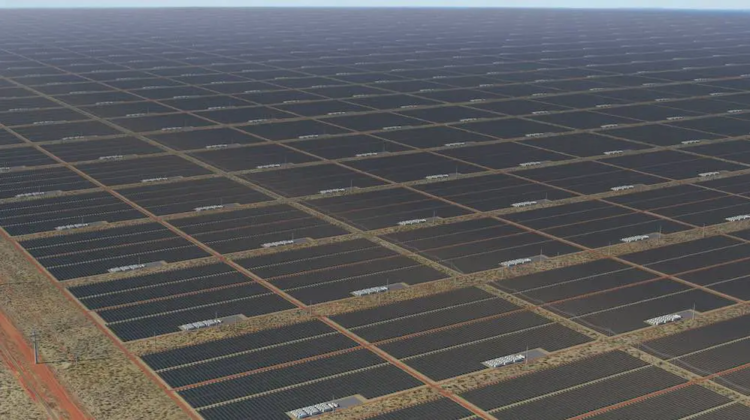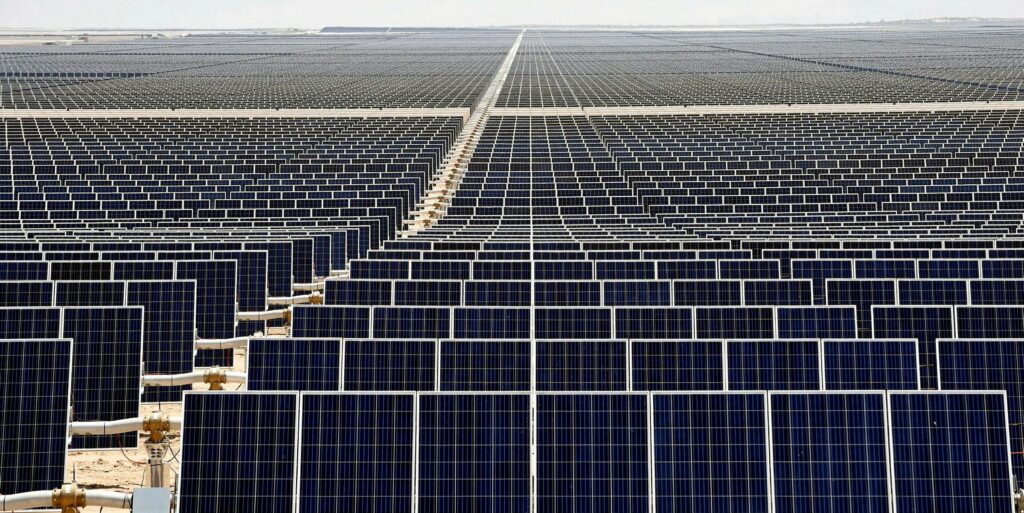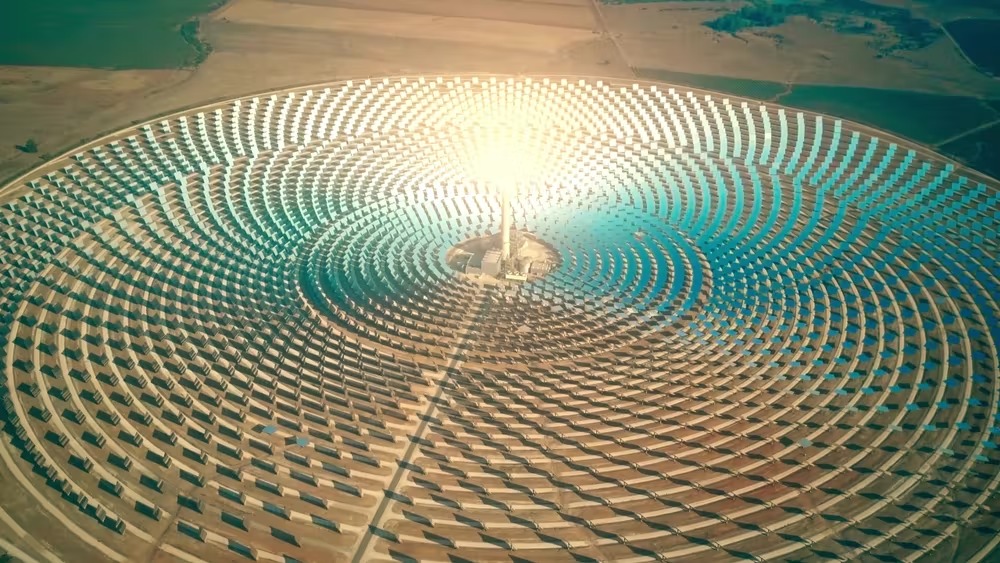
The world is increasingly turning to renewable energy sources to meet its growing power needs. Solar energy has emerged as a popular alternative, thanks to the abundance of sunlight available across the globe. And recent research has shown that the Sahara Desert in Africa, with its vast expanse of sun-soaked land, could play a critical role in meeting the world’s energy demands.

According to a theoretical calculation, we could satisfy the world’s current power demand by covering just 1.2% of the Sahara Desert with solar panels. That’s an area equivalent to less than half the size of the United States. The energy generated could be transported to other regions, including Europe, through a network of high-voltage DC transmission lines.
The idea of using the Sahara for solar power is not new. In fact, the idea dates back to the 1970s. However, the high cost of solar technology and the lack of political will to implement large-scale renewable energy projects kept the idea on the backburner for decades. But now, with the cost of solar technology plummeting and the world’s energy demands skyrocketing, the idea is back in the spotlight.
The Sahara is an ideal location for solar power generation due to the high levels of direct sunlight and minimal cloud cover. The region receives around 2,500 to 3,000 hours of sunshine per year, which is more than enough to generate significant amounts of electricity. In addition, the land in the Sahara is relatively inexpensive, making it a cost-effective option for large-scale solar projects.

Despite the potential benefits of using the Sahara for solar power generation, there are also several challenges to be overcome. One of the biggest obstacles is the lack of infrastructure in the region. Building the necessary transmission lines and power grids would require a massive investment, and political and economic instability in some parts of the region could hinder progress.
Another challenge is the potential environmental impact of such a project. The Sahara is a fragile ecosystem, and large-scale solar projects could have negative effects on the local flora and fauna. It is essential to ensure that any solar project in the Sahara is carried out in an environmentally sustainable way.

Despite the challenges, the potential benefits of using the Sahara for solar power generation are significant. In addition to meeting global energy demands, large-scale solar projects in the region could also provide jobs and economic opportunities for local communities. And by reducing reliance on fossil fuels, we can help mitigate the damaging effects of climate change.
In conclusion, solar power has the potential to transform the world’s energy landscape, and the Sahara Desert could play a critical role in this transformation. By harnessing the power of the sun, we could meet the world’s energy demands while also protecting the environment and creating economic opportunities for local communities. It is time for the world to embrace the potential of the Sahara and take bold steps towards a more sustainable future.

Two other problems:
PV panels have to be replaced every 20 to 30 years.
The panels must be regularly cleaned with water which obviously is in short supply in the Sahara which also is a very dusty environment.